A Beginner's Guide to AWS S3 -- Cloud Storage Made Simple
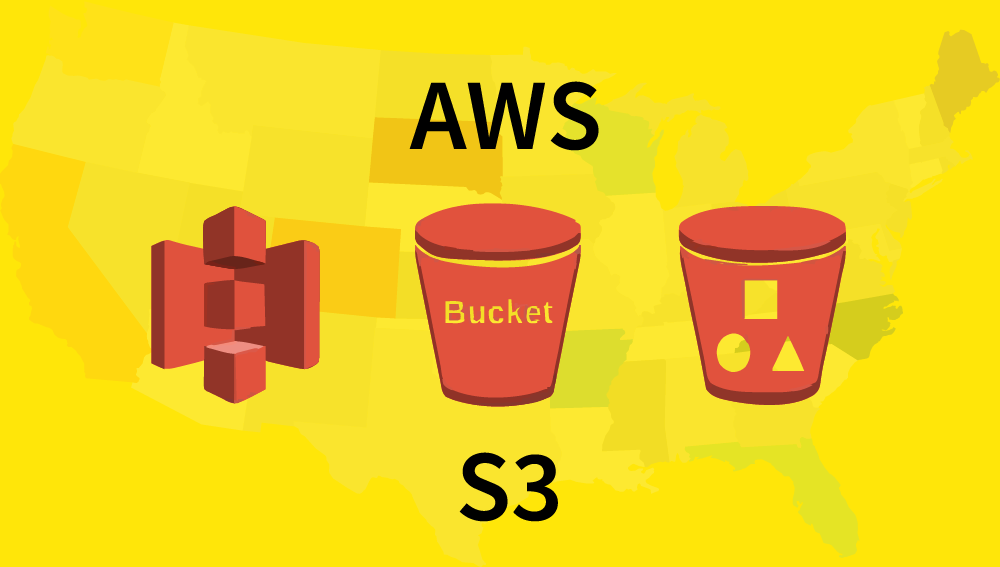
In today's digital world, efficient data storage and management are essential for businesses and individuals. Amazon Web Services (AWS) offers a scalable and simple cloud storage service known as Amazon Simple Storage Service (S3). Whether you need to store large-scale business data or personal files, AWS S3 provides a secure and reliable solution.
What is AWS S3?
AWS S3 (Simple Storage Service) is an object storage service that enables users to store and retrieve any amount of data from anywhere in the world. It is designed to be highly secure, durable, and scalable, making it an ideal choice for various data storage needs.
Why Use AWS S3 Buckets?
1. Unlimited Storage & High Performance
You can store as much data as you want—whether it's a few files or massive amounts of data. S3 ensures fast uploads and downloads.
2. Cost-Effective
You only pay for what you use, and there are different storage options based on how often you need to access your files:
- Standard — For everyday use.
- Intelligent-Tiering — Automatically moves files to cheaper storage when not needed.
- Glacier & Deep Archive — Super cheap for long-term storage like backups.
3. Strong Security
Your data is protected with access controls, encryption, and compliance with global security standards. You decide who can access your files.
4. Reliable & Always Available
S3 keeps multiple copies of your files in different locations to prevent data loss. It's built to be available whenever you need it.
5. Works Well with Other AWS Services
You can easily connect S3 with other AWS tools like EC2, Lambda, CloudFront , and Athena to process or analyze data automatically.
6. File Versioning & Protection
Accidentally deleted or changed a file? No worries—S3 can save older versions so you can recover them. There's also an option to lock files to prevent accidental deletion.
7. Automatic File Management
You can set rules to move old files to cheaper storage or delete them after a certain time—helping you save money and stay organized.
8. Global Access & Faster Delivery
You can access your data from anywhere in the world. If you need fast delivery of images or videos, S3 works with CloudFront for quicker performance.
9. Notifications & Tracking
S3 can send alerts when files are uploaded or changed. Plus, you can track who accessed your files using AWS security logs.
10. Built-in Data Analysis
You can run SQL-like queries on your S3 data using Athena —no need for a separate database!
How Amazon S3 Works
Amazon S3 stores data as objects within buckets. An object is a file along with its metadata, while a bucket serves as a container for these objects.
Steps to Store Data in Amazon S3:
- Create a Bucket — Define a unique bucket name and choose an AWS region.
- Upload Data — Add objects (files) to the bucket.
- Assign Unique Identifiers — Each object gets a unique key (file path) within the bucket.
-
Configure Permissions
— Manage access using:
- Bucket policies
- AWS IAM policies
- Access Control Lists (ACLs)
- S3 Access Points
-
Leverage Features
— Utilize advanced functionalities like:
- S3 Versioning — Recover accidentally deleted or overwritten objects.
- Lifecycle Policies — Automate data transition to cost-effective storage classes.
Example of an S3 Object:
If you upload an image file photo.jpg to an S3 bucket, it will have the following attributes:
| Attribute | Value |
|---|---|
| Bucket | my-bucket |
| Key (Path) | images/photo.jpg |
| Value | (Binary data of photo.jpg) |
| Metadata | { "Content-Type": "image/jpeg", "x-amz-meta-author": "John" } |
| Storage Class | STANDARD |
| Version ID | 123456789abcd |
| ETag | "e99a18c428cb38d5f260853678922e03" |
Understanding S3 Bucket Types
Amazon S3 provides various bucket types designed to meet specific storage requirements.
1. General Purpose Buckets
These are the standard S3 buckets recommended for most use cases. They support all storage classes (except S3 Express One Zone) and provide flexibility for different access patterns. Users have a default bucket quota of 10,000 general-purpose buckets.
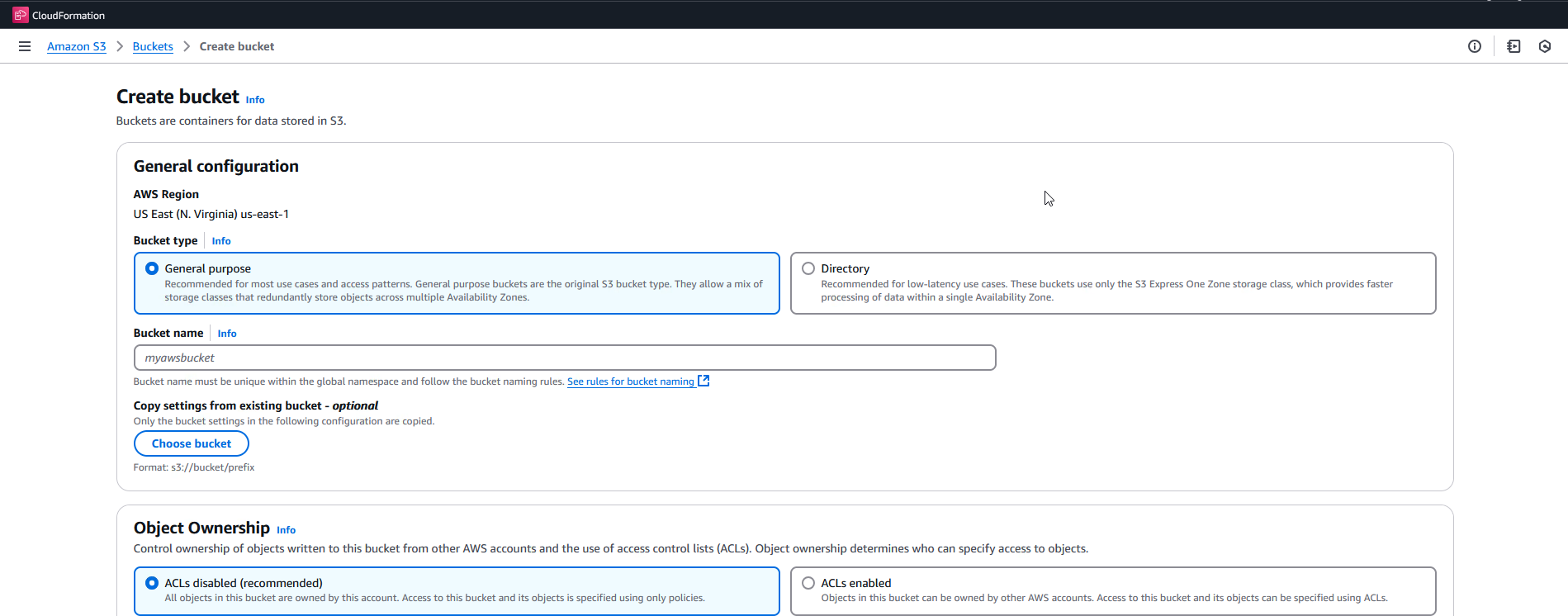
2. Directory Buckets
Directory buckets use the S3 Express One Zone storage class, which is optimized for applications requiring ultra-low latency and high performance. They are created in specific AWS Availability Zones or Local Zones and are ideal for:
- Performance-sensitive applications requiring single-digit millisecond PUT and GET latencies.
- Data residency use cases, where data must remain within a dedicated AWS Local Zone.
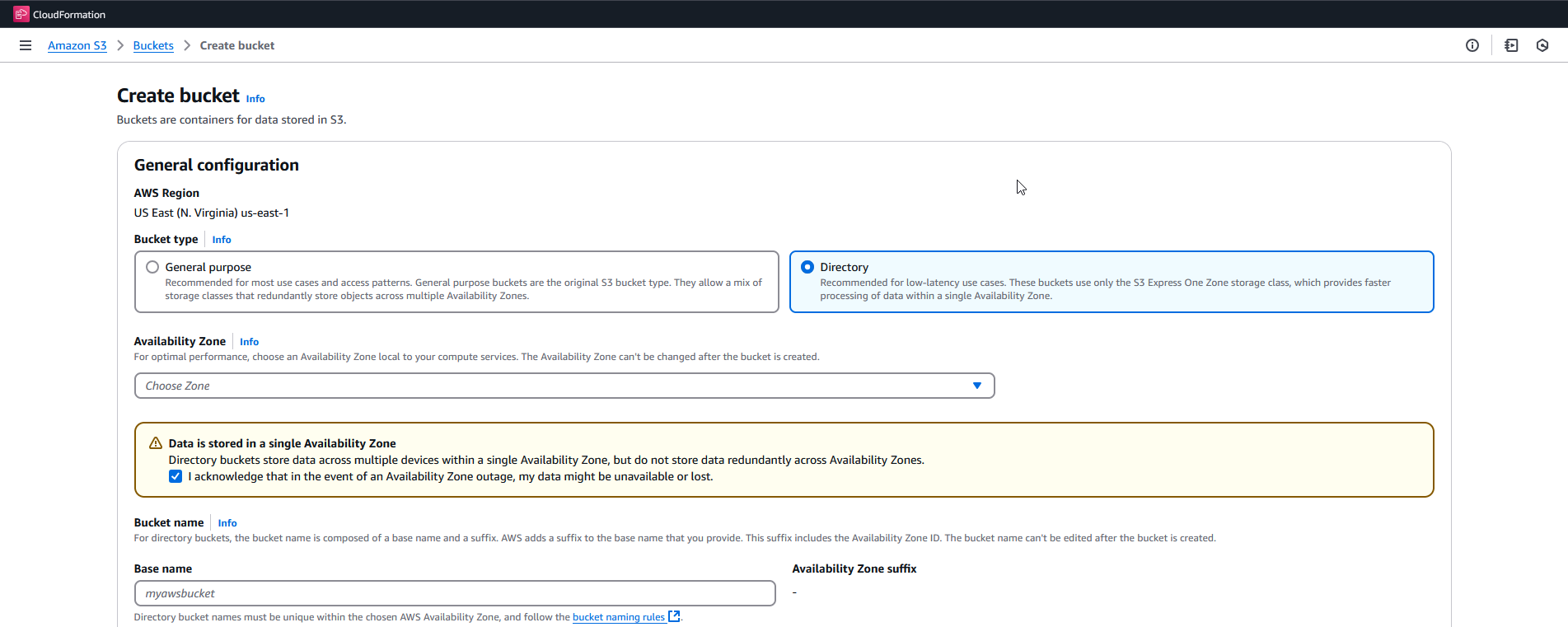
3. Table Buckets
Table buckets integrate with AWS analytics services like Amazon Athena, Amazon Redshift, and Amazon EMR , making them suitable for structured data storage and querying.
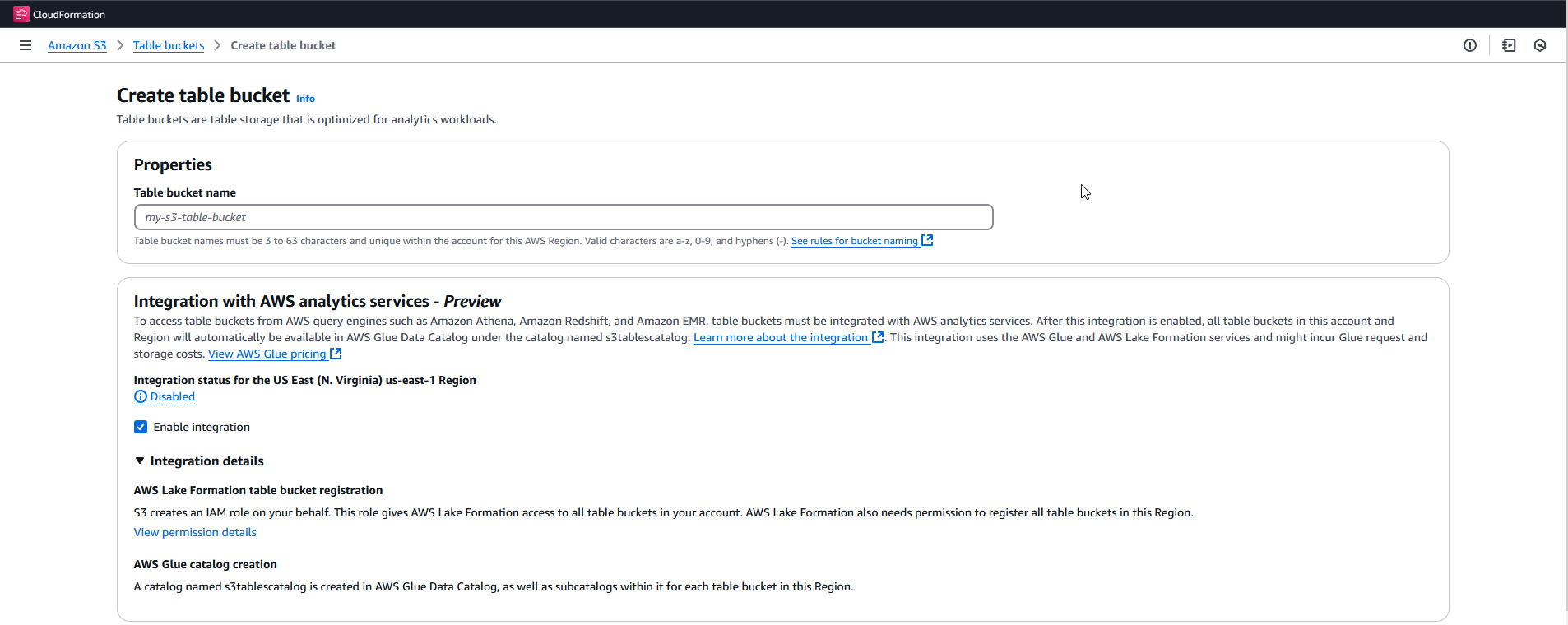
Cost-Saving Strategies for AWS S3
AWS S3 offers multiple strategies to help optimize storage costs. Here are some best practices:
| Optimization Tip | Savings Benefit |
|---|---|
| Use the right storage class | Lowers cost for infrequently accessed data. |
| Enable Lifecycle Policies | Automates data movement to cheaper storage. |
| Delete unused & expired data | Prevents unnecessary storage costs. |
| Compress files before uploading | Reduces storage space. |
| Use object tagging | Helps track costs per project. |
| Query with S3 Select | Avoids downloading full files. |
| Reduce data transfer costs | Saves on network traffic charges. |
| Delete old object versions | Prevents redundant storage expenses. |
| Monitor S3 usage with Storage Lens | Identifies areas for cost optimization. |
At SKYXOPS , we help you navigate AWS S3, implement the best storage strategies, and gain valuable insights through our intuitive dashboard.
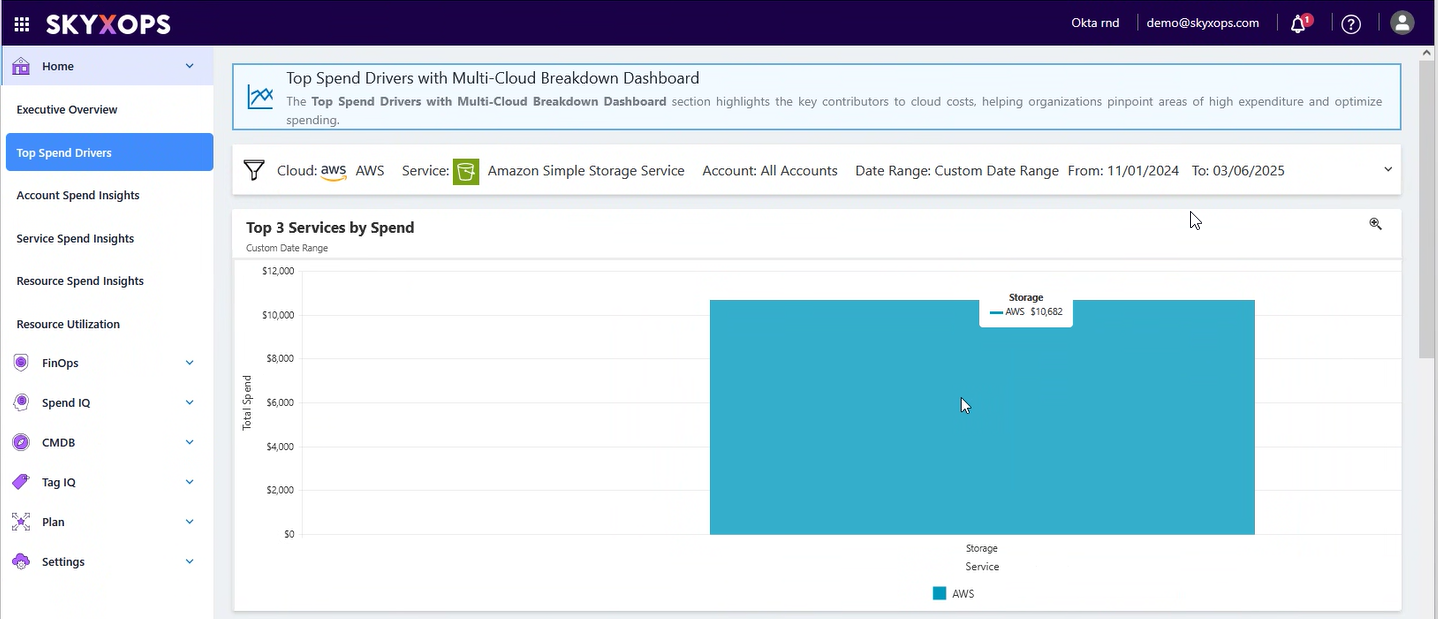
Conclusion
AWS S3 simplifies cloud storage, offering scalability, security, and cost-efficiency for businesses and individuals. By selecting the right bucket type, optimizing storage costs, and leveraging advanced features, you can ensure seamless data management.
Take control of your cloud storage today —connect with us for expert guidance and customized solutions!
